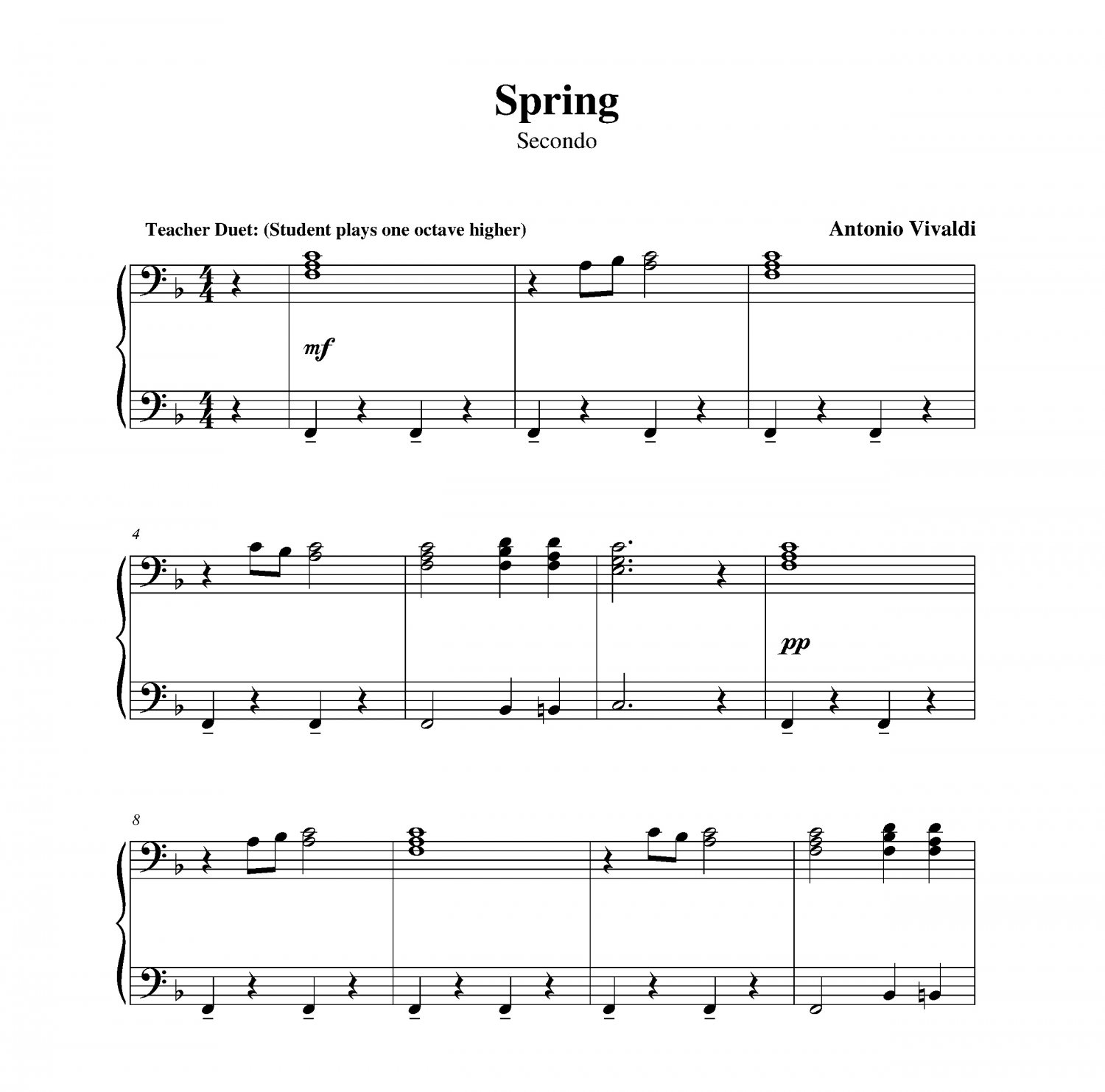

In the slow movements Debretzeni’s ornamentation is particularly musical and convincing, illustrating the important but often ignored point, clearly seen in Corelli’s written-out ‘graced’ adagios and the ornamented slow movement for the concerto rv581 that Vivaldi created for his pupil Anna Maria della Pietà, that for maximum effect such ornamentation needs to be discontinuous, intermixed with ‘plain’ passages. Leaving aside these excesses, the performance has both good and bad points. Thus in the first movement of the Spring concerto a brief clip of real-life birdsong is inserted between the end of the first episode (in which a trio of solo violins mimics a group of avians) and the second ritornello the huntsmen’s guns in the finale of the Autumn concerto are not pitched notes as written but apparent knocks with the wood of the bow against the bodies of the stringed instruments (or super-energetic ‘snap’ pizzicato?) the shivers at the start of the Winter concerto are played sul ponticello in an unpleasantly exaggerated way. What a missed opportunity! This recording falls into a trap common in versions of Vivaldi’s most often played concertos: it is tempted into indiscretions through an excess of desire to sound ‘different’ from its predecessors and current rivals. It is as if the recording were a transfer from an earlier LP, itself not filled to capacity. In Antonio Vivaldi: The Four Seasons (Signum Classics sigcd377, rec 2013, 41′) Kati Debretzeni, directing the Orchestra of the Age of Enlightenment from the principal violin, cuts the Gordian knot by recording merely these four works. Striking cases in point are three recent discs containing The Four Seasons.

The Vivaldi recordings reviewed here illustrate both how this challenge can be ducked and how it can be satisfyingly met. Alternatively, the extra items can be used creatively to lend variety in cases where 70+ minutes of music following a single specification weary the ear.

One should naturally be commended, on value-for-money grounds, for utilizing most of the available minutes, but at the same time, accepting that this can often be achieved only by inserting very obvious space-fillers, one needs to choose as additions works related in some genuine, preferably illuminating, way to the core items. The challenge of matching a selection of Baroque concertos, which typically have a duration of around ten minutes, to the capacity of a CD, which extends to 80 minutes, often poses a dilemma that is difficult to resolve.


 0 kommentar(er)
0 kommentar(er)
